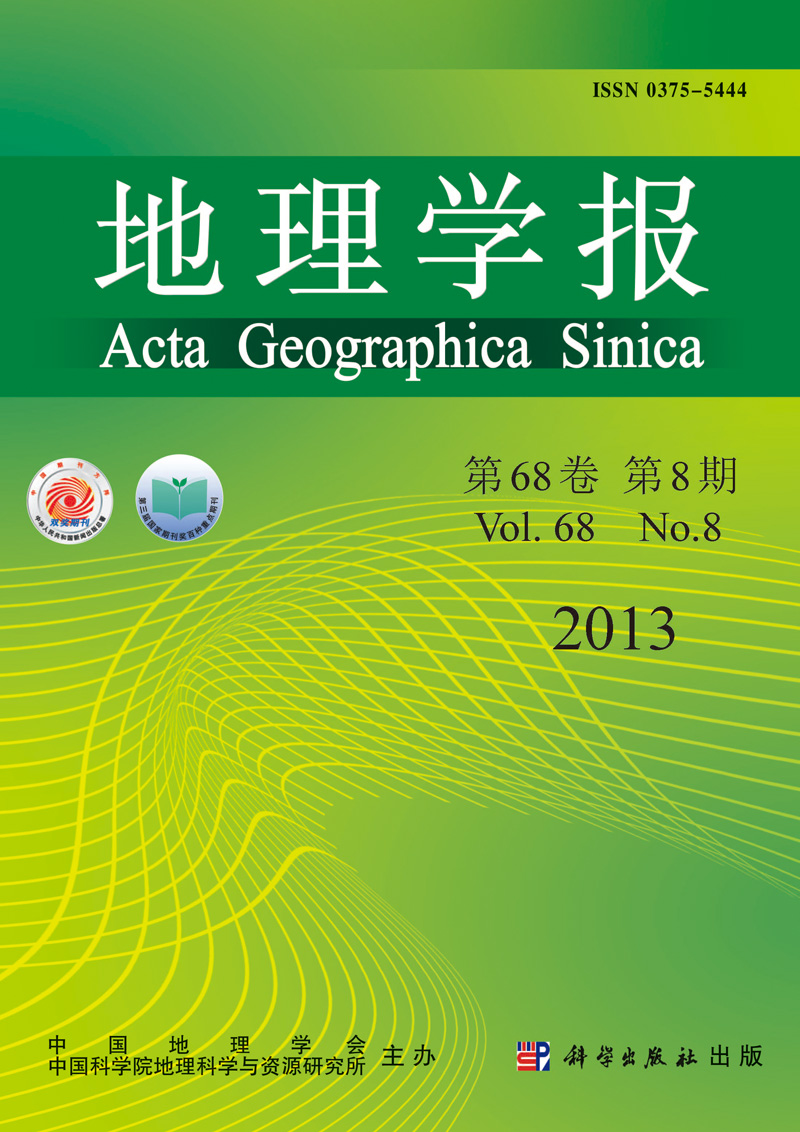Tourism Geography
YU Zhonglei, YANG Xinjun, YANG Tao
2013, 68(8): 1143-1156.
The social-ecological system, as a theoretical-framework, provides an original approach to study of tourism impacts, tourism and rural sustainability. It has been a hot topic in the tourism and rural research for its integrated and dynamic perspective linking social and ecological elements. This paper takes the tourist destination and farmer household in rural areas as a complex social-ecological system, and explores a social-ecological adaptive framework for tourism impacts analysis based on understanding adaptability in the framework of social-ecological resilience and vulnerability. The adaptability here refers to the farmer households' behaviour and ability to adjust livelihood against the tourism impacts. Then, we take the villages near Jinsixia in Qinling Mountains as an example to explore the households' adaptability through analyzing the conditions, determinants and mechanism. The data employed in this paper was collected by household investigation and authoritative interview in August and November, 2011. The results are shown as follows. (1) The agriculture in Jinsixia has declined a lot in the last decade, and the tourism accelerated the marketization of agriculture, but has not improved the agricultural growth. The farmers choose to participate in tourism and migration for jobbing throughout the year as main adapting measures, and hire themselves out in the locality or migrate for jobbing during low season for tourism as auxiliary measures. Based on the differences in adaptive measures, the households can be divided into 4 groups, which are households depending on tourism, majored in tourism, depending on both tourism and migrating for job, and majored in migrating job. (2) The key factors driving adaptability include psychological factors, labor, social capital, location factors, natural and material resources. The indicators driving households' adaptability through the purpose of systematic regimes include farmers' perceptibility of development opportunities from tourism, householder diploma, aggregate of labor, neighborly relations, house types, location predominance. And the indicators driving adaptability through regime stability are as follows: awareness of development opportunities and compensatory system related with tourism, cultivated area, total employment, aggregate on labor force, accessibility of households' location and neighborly relations. (3) The adaptation is a rational choice facing survival pressure which results from tourism, and the compensatory system (Financial Compensation and Policy of Pro-Poor Tourism) is an important push-driver. The adaptive strategy is influenced by the adaptive capacity and social rationality or economic rationality. The results of adaptation are determined by the adaptive capacity, and lead to the future adaptation and social-ecological system state. Finally, the effectiveness of studying tourism impacts employing the social-ecological adaptation framework is discussed in this paper. The future research directions and adaptive management suggestions for the rural based-tourism are proposed.
